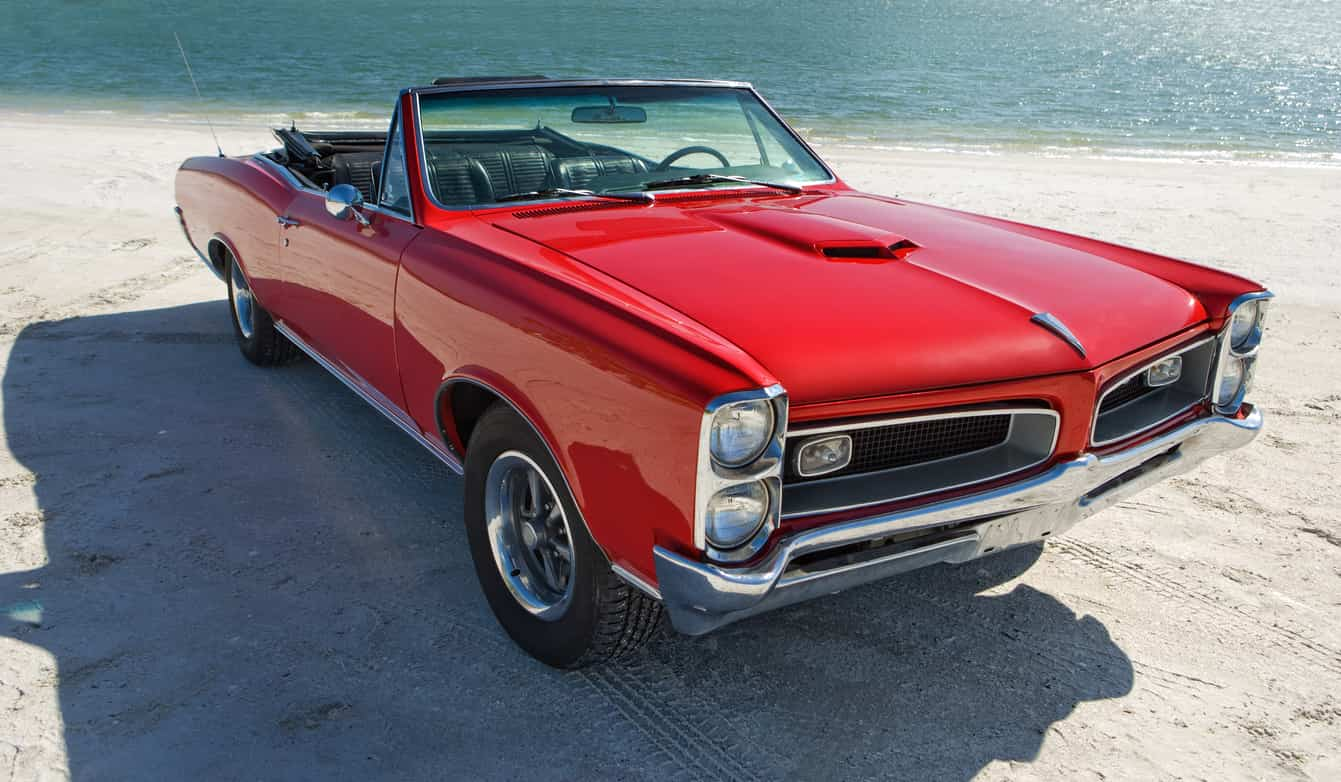The Magic of Vintage: What Makes Classic Cars Special
Classic cars, akin to vintage wine or timeless fashion, carry a unique charm that modern counterparts often lack. It’s not just about nostalgia; it’s about the stories, the designs, the craftsmanship. However, their value doesn’t just reside in their allure. Vintage cars are an embodiment of the era they originated from, giving them historical significance.
The Modern Era’s Take on Classic Cars
As society’s love for all things vintage grows, there has been a noticeable surge in the popularity of classic cars. Consequently, transporting these vehicles becomes crucial. Whether it’s for a classic car show, a parade, or simply relocating them for personal reasons, ensuring safe transportation is essential.
State-to-State Regulations: Navigating the Complex Labyrinth
Shipping a classic car within the United States poses specific challenges, primarily because of varying state regulations. Some states may have restrictions on older car emissions, while others might have lenient rules but stricter safety standards.
Shipping Essentials: Preparing Your Vintage for Its Voyage
Insurance and Documentation Before shipping your classic beauty, it’s imperative to ensure it’s insured. Understand the coverage you have and ensure the shipping company provides supplemental coverage. Moreover, have all the necessary documents on hand, including the title and any relevant paperwork.
Physical Preparations Remove all personal belongings from the car and leave only about a quarter tank of gas. This reduces weight, making shipping more efficient. Additionally, take photographs from various angles to have a record of its condition before shipping.
Choosing the Right Transporter: A Match Made in Heaven
Different transporters offer varying services. For instance, enclosed transport protects your car from the elements but may cost more. Consequently, it’s vital to weigh the pros and cons and decide based on your vehicle’s needs and your budget.
Timing is Everything: Best Seasons for Car Shipping
Interestingly, the time of year you choose to ship your car can affect the process. Summer tends to be a popular shipping time, leading to potential delays. Conversely, winter can pose challenges due to adverse weather conditions. Autumn often emerges as the optimal season, with balanced demand and favorable conditions.
Safety First: How Transporters Ensure Your Car’s Security
The best car shipping companies employ various measures to ensure the safety of your vintage vehicle. This often includes GPS tracking, regular check-ins, and experienced drivers who understand the value of the cargo they carry.
Money Matters: Understanding Costs and Avoiding Hidden Fees
Car shipping isn’t just about finding the cheapest option. It’s about understanding what you’re paying for. Some companies might offer seemingly low rates but hide fees in the fine print. Always ensure transparency by asking for a comprehensive breakdown of costs.
Conclusion
Transporting a classic car, much like the vehicle itself, requires care, attention to detail, and an understanding of its value. By considering state regulations, choosing the right transporter, and preparing your car meticulously, you can ensure your vintage beauty reaches its destination unscathed.
FAQs
1. What kind of insurance do I need for shipping my classic car?
It’s advised to have comprehensive insurance coverage for your vintage car during transportation. Most reputable shipping companies will offer supplemental insurance, but always verify the specifics of what it covers.
2. Can I ship personal items inside my classic car?
It’s recommended not to. Shipping companies often prohibit or limit personal items in vehicles due to safety and weight concerns. Removing personal belongings also reduces the risk of theft.





